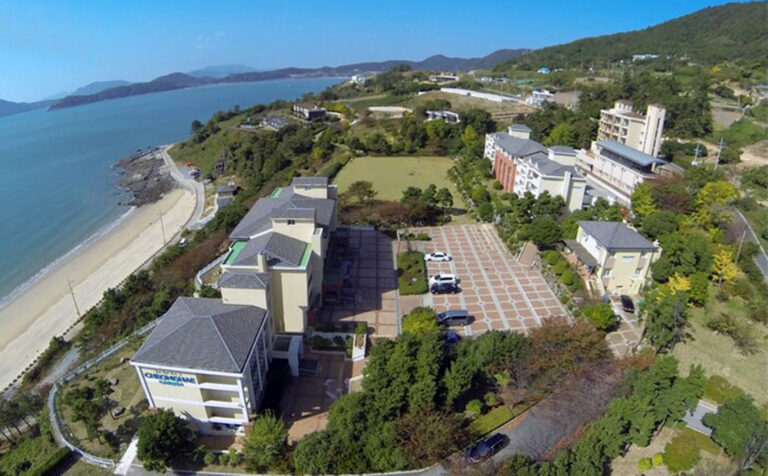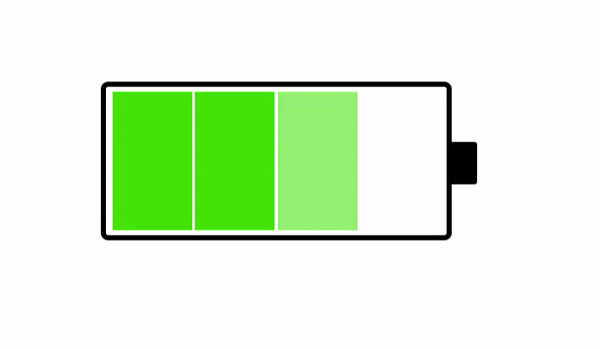In 1992, with the amendment of the ‘Enforcement Decree of Building Act,” the term ‘youth facilities’ was introduced, which was renamed to ‘youth training facilities’ with the enforcement of the ‘Framework Act on Youth’ in 1993. In 1999, these were integrated into educational and welfare facilities but were separated again as training facilities with the enforcement of the ‘Youth Activity Promotion Act’ in 2005. The current Annex 1 of the ‘Enforcement Decree of Building Act’ defines the scope of training facilities as follows:
- Living Zone Training Facilities (youth training pavilions, youth cultural houses, youth specialty facilities, and similar facilities under the ‘Youth Activity Promotion Act’)
- Natural Training Facilities (youth training centers, youth campsites, and similar facilities under the ‘Youth Activity Promotion Act’)
- Youth Hostels under the ‘Youth Activity Promotion Act’
- Campsite Facilities under the ‘Tourism Promotion Act’ that do not fall under the campsite facilities as defined in the ‘Building Act’
However, the current ‘Youth Activity Promotion Act’ does not distinguish between living zone Training facilities and natural training facilities as was done in the past under the ‘Framework Act on Youth’ until 2004, which classified training facilities as follows:
- Living Zone Training Facilities: Facilities primarily for conducting training activities within daily living areas, subdivided as follows:
- Youth Training Pavilions: Comprehensive training facilities equipped with various facilities and equipment for conducting diverse training activities.
- Youth Cultural Houses: Training facilities focused on information, culture, and arts, equipped with facilities and equipment for conducting simple training activities.
- Natural Training Facilities: Facilities primarily for conducting experience-based training activities in nature, subdivided as follows:
- Youth Training Centers: Comprehensive training facilities equipped with various facilities and equipment for conducting diverse training activities, including living quarters (accommodation function).
- Youth Campsites: Training facilities equipped with suitable facilities and equipment for camping and conducting training activities or providing camping conveniences.
- Youth Hostels: Facilities equipped with accommodation and ancillary facilities suitable for youth, providing lodging convenience, and supporting training activities for traveling youth.
- Other facilities as prescribed by the Ministry of Culture and Tourism.
Meanwhile, Annex 3 of the ‘Enforcement Regulation of Youth Activity Promotion Act’ specifies common standards applicable to training facilities as follows:
- Location: The facility should be in an area with beautiful natural scenery, national, provincial, or county parks, or other regions suitable for conducting youth training activities in nature, and convenient for youth to use.
- Structure
- Facilities and equipment should be convenient for youth to use and considerate of the disabled.
- The facility should have a suitable area and structure for the intended capacity.
- Installation Standards
- The surrounding environment should be preserved and utilized in an eco-friendly manner.
- Install facilities and equipment as specified by individual standards for each type of facility, except where unit facility standards apply.
- If installing facilities for businesses specified in Article 33, Paragraph 2 of the Act, follow the standards set by relevant laws in addition to these standards.
- For training facilities utilizing existing facilities such as closed schools, conduct safety inspections by a registered safety inspection agency as per Article 28 of the ‘Special Act on the Safety and Maintenance of Facilities’, and if necessary for disaster prevention and safety, conduct a detailed safety diagnosis as per Article 2, Paragraph 6 of the same Act.
- Youth training pavilions, youth training centers, youth campsites, youth specialty facilities, and youth hostels should be installed as dedicated facilities. However, they can be integrated with the following facilities related to youth training activities:
- Cultural facilities as defined in Article 2, Paragraph 3 of the ‘Culture and Arts Promotion Act’
- Sports facilities as defined in Article 2, Paragraph 1 of the ‘Installation and Utilization of Sports Facilities Act’
- Facilities providing food to users of youth training facilities among neighborhood living facilities for rest restaurants and general restaurants as defined in Article 21, Paragraph 8 of the ‘Enforcement Decree of Food Sanitation Act’
- Management Facilities: Install facilities necessary for the management and operation of the facility, such as management offices, offices, and reception facilities, according to the type of training facility.
- Other Facilities
- Depending on the location, characteristics, and natural environment, install facilities and equipment not specified by individual standards for that type of training facility if specified by standards for another type of training facility.
- Prohibited Facilities
No business classified as a “juvenile-harmful establishment” under Article 2(5) of the Juvenile Protection Act may be located within the same building or within the facility, and no facilities deemed unsuitable for use by juveniles, such as entertainment bars, may be located within a straight-line distance of 50 meters from the proposed installation site.


